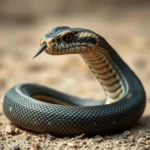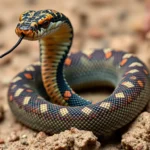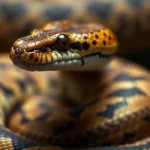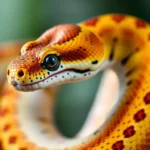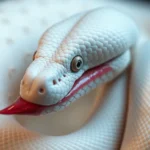The Enigmatic Krait: Symbolism and Spiritual Significance
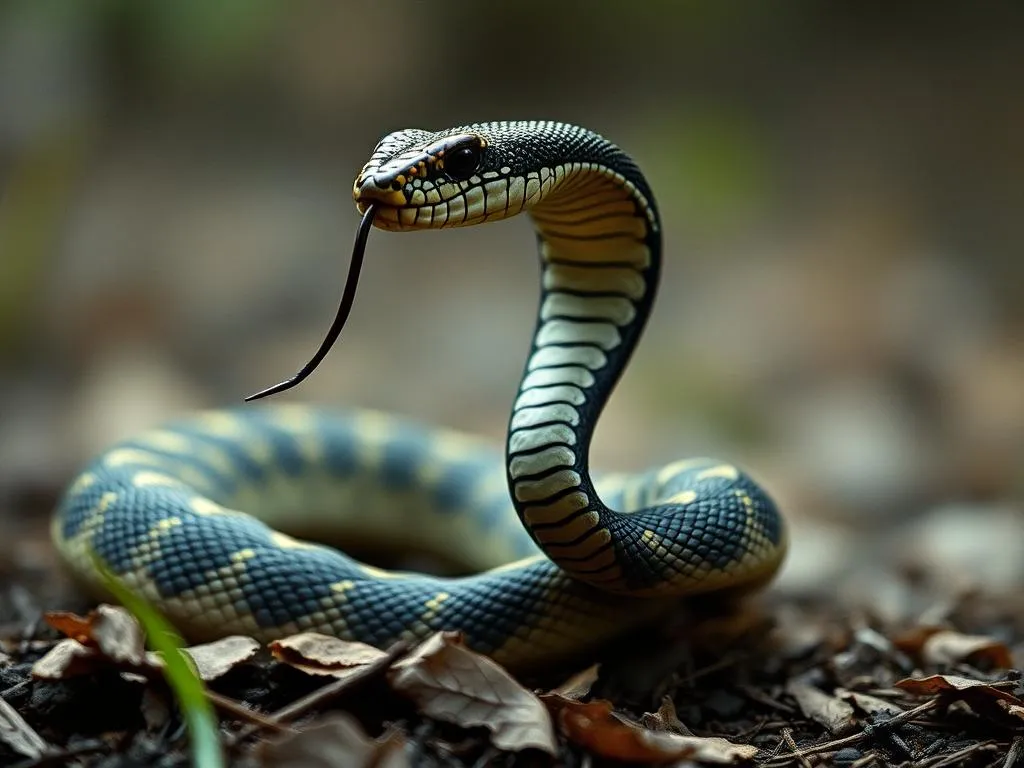
Disclaimer: Some images on this website are AI-generated artworks and may not accurately represent real animals.
The krait, a fascinating snake known for its vibrant colors and potent venom, carries profound symbolism and meaning across various cultures. This blog post delves deep into the multifaceted nature of the krait, exploring its physical characteristics, cultural significance, and the layers of symbolism it embodies. From transformation and duality to intuition and spirituality, the krait serves as a powerful emblem in both nature and human experience.
Understanding the Krait
Overview of the Krait
The krait belongs to the Elapidae family, which includes other notorious snakes like cobras and mambas. Known scientifically as Bungarus, kraits are primarily found in South and Southeast Asia, thriving in diverse habitats that range from forests to agricultural fields.
| Physical Characteristics | Description |
|---|---|
| Length | 1 to 2 meters (3 to 7 feet) |
| Color | Typically black, blue, or yellow with distinctive bands |
| Venom | Highly potent neurotoxin |
| Behavior | Nocturnal and secretive, often avoiding human contact |
Kraits exhibit unique behavioral characteristics. Unlike many snakes, they are primarily nocturnal, allowing them to hunt small prey such as rodents and lizards under the cover of darkness. Their secretive nature and striking appearance make them a subject of intrigue and admiration.
Cultural Significance
In folklore, the krait often appears as a symbol of danger and mystique. Many cultures regard this snake with a mix of fear and reverence. In Indian mythology, for example, the krait is associated with the goddess Durga, symbolizing protection and power. In other cultures, it is seen as a harbinger of death or a guardian of the afterlife.
The krait’s representation varies significantly across cultures. In some Southeast Asian traditions, it embodies wisdom and knowledge, while in others, it serves as a cautionary tale about the perils of underestimating nature. This duality in representation speaks to the complexity of the krait’s symbolism and meaning.
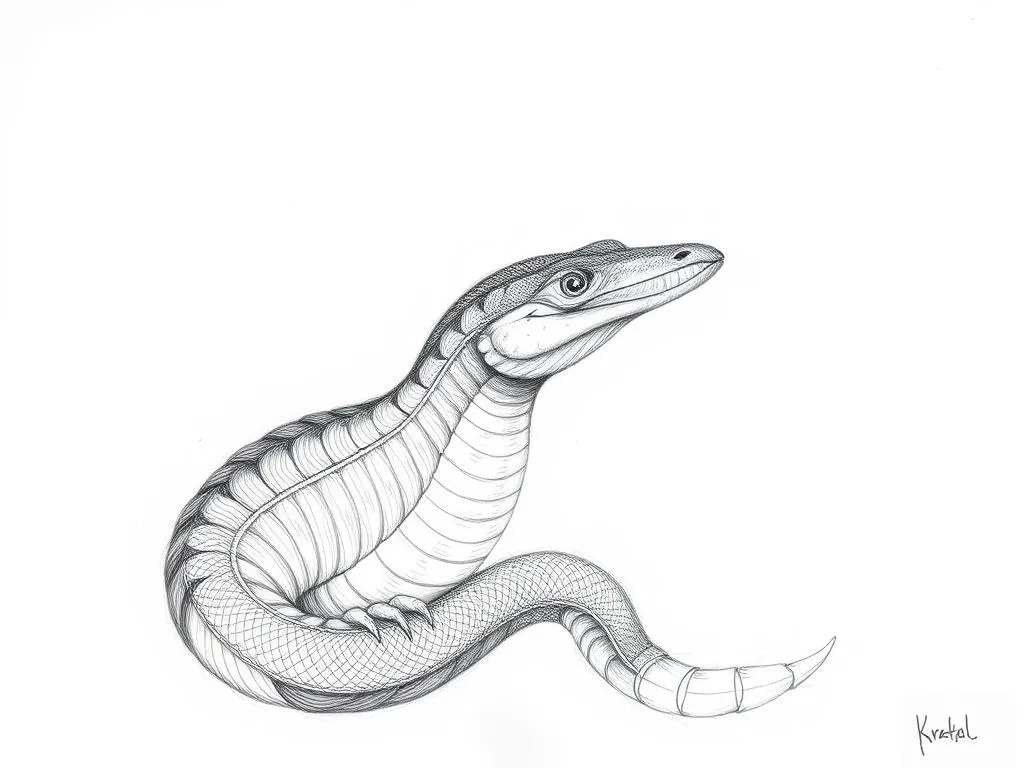
Symbolism and Spiritual Meaning
Transformation and Change
The krait’s life cycle is marked by transformation. From its early stages as an egg to its eventual maturity, the krait undergoes significant changes that resonate deeply with many individuals.
-
Metamorphosis in Nature: The process of shedding skin is a powerful metaphor for personal growth and renewal. Just as the krait sheds its old skin, individuals are encouraged to embrace their own transformations.
-
Embracing Change in Life: The krait encourages us to welcome change, suggesting that personal evolution is essential for growth. This symbolism invites individuals to reflect on their own life journeys and the changes they have undergone.
Duality and Balance
The duality inherent in the krait’s nature is another significant aspect of its symbolism and meaning. The krait embodies both danger and healing, reminding us of the delicate balance between life and death.
-
Venom and Healing: While the krait’s venom is deadly, it is also studied for its potential medicinal properties. This duality emphasizes that within danger, there can be healing and growth. Understanding this balance can lead to profound insights into life’s complexities.
-
The Balance of Life and Death: The krait serves as a reminder of mortality and the cycle of life. It teaches us to appreciate life while acknowledging its transient nature, encouraging a balanced perspective on existence.
Intuition and Awareness
Kraits possess heightened senses that allow them to navigate their environment effectively. This characteristic links them to themes of intuition and awareness.
-
Heightened Senses: The krait’s acute awareness of its surroundings reflects the importance of being in tune with our environments. This symbolism urges individuals to cultivate their own awareness and intuition, guiding them through life’s challenges.
-
Connection to the Subconscious: The krait’s nocturnal habits symbolize the exploration of the subconscious mind. It encourages introspection and the understanding of hidden fears, desires, and motivations.
Krait in Dreams
Common Dream Scenarios
Dreams involving kraits can be powerful and revealing. Here are some common scenarios:
| Dream Scenario | Interpretation |
|---|---|
| Encountering a krait | A sign of facing fears or challenges |
| Being bitten by a krait | Warning about potential danger or betrayal |
| Observing a krait in its natural habitat | Connection to intuition and transformation |
Dreams featuring kraits often evoke strong emotions, ranging from fear to empowerment. Understanding the context of these dreams can provide valuable insights into one’s emotional state and life circumstances.
Interpretation of Krait Dreams
The interpretation of krait dreams varies based on individual experiences and feelings.
-
Messages of Transformation: Dreaming of a krait may signify that you are undergoing a significant transformation in your life. It encourages you to embrace changes and trust the process of evolution.
-
Warnings or Precautions: Alternatively, a krait in a dream can serve as a warning. It may suggest that you are encountering deceptive situations or relationships that require caution.
Modern Interpretations
Krait in Popular Culture
The krait continues to inspire various forms of creative expression in modern culture. Its striking appearance and symbolic depth make it a compelling subject in film and literature.
-
Film and Literature Representations: The krait appears in numerous films and books, often symbolizing danger, mystery, or transformation. These representations contribute to its enduring allure and complexity.
-
Symbolism in Art: Artists frequently depict the krait in various forms, highlighting its beauty and danger. The krait becomes a symbol of the dualities of life, capturing the viewer’s imagination and prompting deeper reflection.
Contemporary Spiritual Practices
In contemporary spiritual practices, the krait holds significant meaning. Many view it as a spirit animal or a guide in personal growth.
-
Krait as a Spirit Animal in Shamanism: Those who identify with the krait often find guidance in its symbolism. Shamanic practices may involve invoking the krait for insight into transformation and healing.
-
Guided Meditations and Krait Symbolism: Many meditation practices incorporate the krait’s symbolism to encourage introspection and the exploration of personal fears and desires. This approach fosters self-awareness and spiritual growth.
Key Takeaways
Understanding the symbolism and meaning of the krait provides valuable insights into personal growth and transformation. Here are some key points to consider:
- The krait embodies a dual nature, representing both danger and healing.
- Embracing change is essential for personal evolution.
- Heightened intuition and awareness are vital for navigating life’s challenges.
- Dreams involving kraits can offer profound messages about transformation and caution.
- The krait serves as a powerful symbol in modern culture and spiritual practices.
Conclusion
The krait plays a significant role in personal growth and self-discovery. Its symbolism and meaning encourage individuals to reflect on their journeys, embrace change, and cultivate awareness. As we explore the depths of our own experiences, the krait serves as a reminder of the intricate connections between nature, spirituality, and personal evolution.
In the end, respecting the krait and its place in nature enriches our understanding of the world around us. This enigmatic creature invites us to recognize the beauty and complexity of life, urging us to honor the lessons it imparts.
